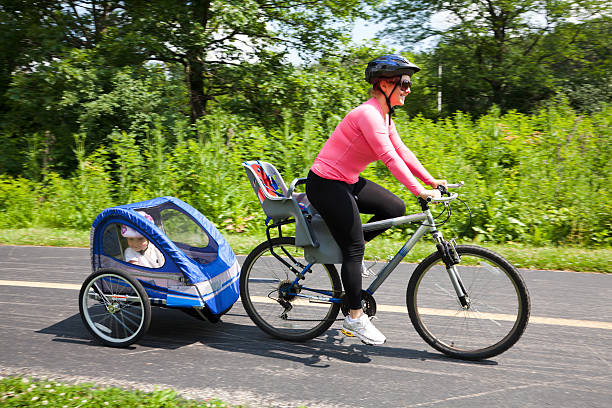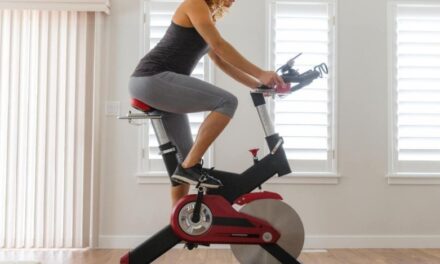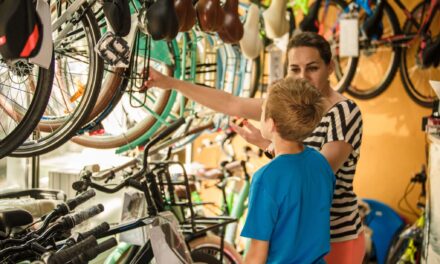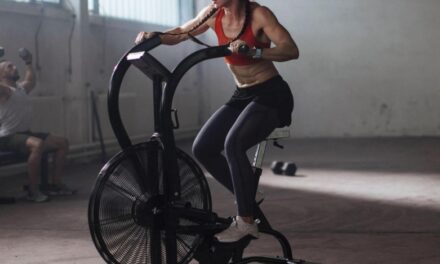A bicycle trailer is an invaluable tool for cyclists looking to expand the versatility of their bikes. It is specifically designed to attach to the rear of a bicycle, allowing for the transport of various loads, including cargo, children, and even pets. This makes it an excellent option for everything from daily chores like grocery shopping to adventurous family outings and self-supported long-distance tours.
The design and functionality of bicycle trailers vary to suit different needs. Cargo trailers are robust and ideal for carrying heavy or bulky items, helping cyclists distribute the weight evenly without affecting the bike’s handling. Child trailers prioritize safety and comfort, featuring secure harnesses, protective canopies, and sometimes even shock-absorbing suspensions to provide a smooth ride for young passengers. Similarly, pet trailers are designed with breathable materials and easy access to ensure comfort and safety for animals on the move.
Table of Contents
Choosing the right bicycle trailer involves considering factors such as the type of cargo, the frequency of use, and the specific requirements for safety and weather protection. Well-equipped with features like flag poles for visibility and reflective materials for safety, bicycle trailers are not just practical but also promote a more active, eco-friendly lifestyle by minimizing dependency on motor vehicles, especially in urban environments. As such, they represent a smart and sustainable solution for modern transportation needs.
Bicycle Trailer Guide: Hauling Cargo & Passengers
This guide explores the types of bicycle trailer available, considerations for selection, safety tips, and maintenance advice to ensure you make the most of your cycling adventures.
1. Types of Bicycle Trailers
- Cargo Trailers: Designed primarily for transporting goods, these trailers come in single-wheel and two-wheel variants. Single-wheel trailers are ideal for balanced loads and maintain bike maneuverability on narrow trails, whereas two-wheel trailers offer stability and are perfect for hauling heavier or bulkier items.
- Child Trailers: These are built to carry one or more children safely. Equipped with features like padded seats, safety harnesses, and roll cages, they ensure comfort and protection. Some models convert to strollers or joggers, adding versatility.
- Pet Trailers: Similar to child trailers but adapted for pets, these often feature removable floors for easy cleaning, mesh windows for ventilation, and doors for easy access.
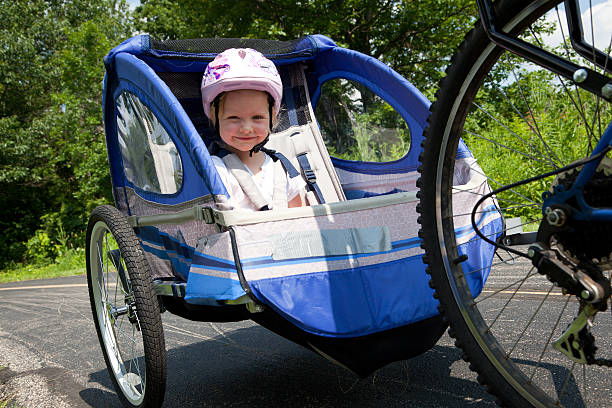
2. Selecting the Right Trailer
- Purpose and Capacity: Choose a trailer based on your primary use—cargo, children, or pets. Consider the weight capacity to ensure it can handle your typical load without compromising safety or bike handling.
- Compatibility: Check that the trailer’s hitch system is compatible with your bicycle’s frame and rear axle. Some trailers require specific types of axles or frame designs.
- Material and Durability: Look for trailers made from durable materials like aluminum or steel. Aluminum is lighter, while steel can support heavier loads.
- Safety Features: Opt for trailers with safety features such as reflective elements, safety flags, and internal harnesses. These features are crucial for visibility and securing the load or passengers.
3. Safety Considerations
- Proper Attachment: Always ensure that the trailer is securely attached to your bike. Incorrect attachment can lead to accidents or injury.
- Visibility: Trailers should have high visibility with reflective materials and bright colors. A safety flag that extends above the trailer and bike ensures that other road users can see you.
- Weight Distribution: Balance the load to prevent the trailer from swaying, which can affect bike handling. Place heavier items at the bottom and center of the trailer.
- Braking and Handling: Understand that stopping distances will increase with a loaded trailer. Practice in a safe area to get used to the handling and braking changes before heading out on busy roads.
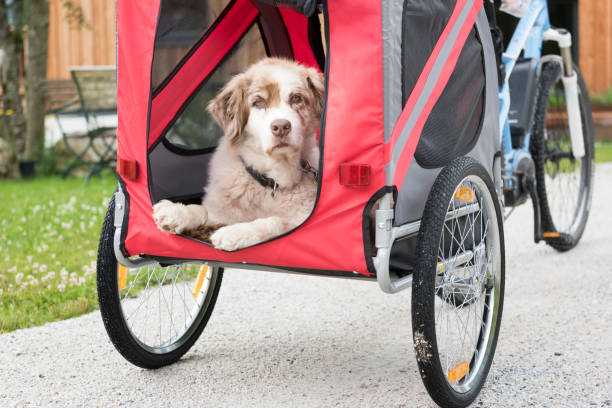
4. Using Your Trailer
- Loading Tips: When loading cargo, ensure it is evenly distributed and secured to prevent shifting during the ride. In passenger trailers, ensure children or pets are strapped in with all safety features properly used.
- Weather Protection: Equip your trailer with the necessary covers to protect cargo and passengers from weather elements. Waterproof covers for cargo and ventilated canopies for passengers are essential for comfort and protection.
- Parking and Security: When parking your bike and trailer, ensure both are securely locked to prevent theft. Consider using additional locks for the trailer.
5. Maintenance and Storage
- Regular Checks: Before each use, check the trailer’s tires, frame, and hitch for signs of wear or damage. Ensure the tires are adequately inflated and the frame is not bent or broken.
- Cleaning and Care: Clean the trailer regularly to remove dirt and grime, especially if used in wet or muddy conditions. Check the manufacturer’s guidelines for care and maintenance.
- Storage: Store the trailer in a dry, secure place to prevent rust and weather damage. If space is limited, look for models that offer quick-release wheels and fold-flat designs for compact storage.
Conclusion
Bicycle trailers are a fantastic way to extend the functionality of your bicycle, making it a more practical and enjoyable mode of transportation. Whether you’re carrying gear, groceries, children, or pets, a good-quality trailer can make your cycling experience more versatile and fulfilling. By understanding the different types of trailers, selecting the right one for your needs, and following safety and maintenance guidelines, you can enjoy the benefits of bike trailers for many years.

